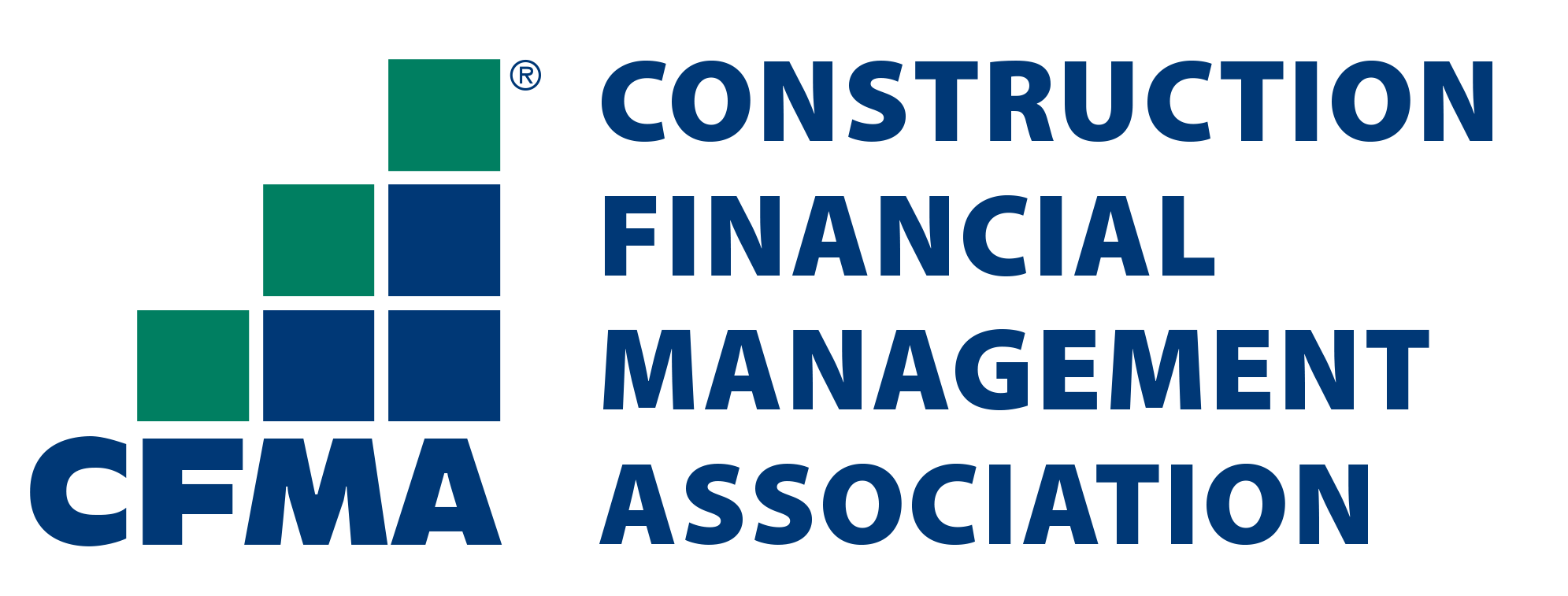
The Impact of Market Dynamics on Real Estate BI
- February 20, 2024
- OHI

In today’s rapidly shifting real estate landscape, having the right data to guide informed decisions is critical. Real estate dashboards powered by business intelligence (BI) have become indispensable tools for real estate professionals seeking an edge in dynamic markets. The way market fluctuations impact both the use and design of your real estate BI tools is crucial to understand for success in leveraging your data.
Real estate markets are influenced by a wide array of complex factors, both at the local and macroeconomic levels. Some key ones are:
As these diverse market factors shift, you’ll need to ensure your real estate BI dashboards remain relevant and provide the insights you need for timely decisions.
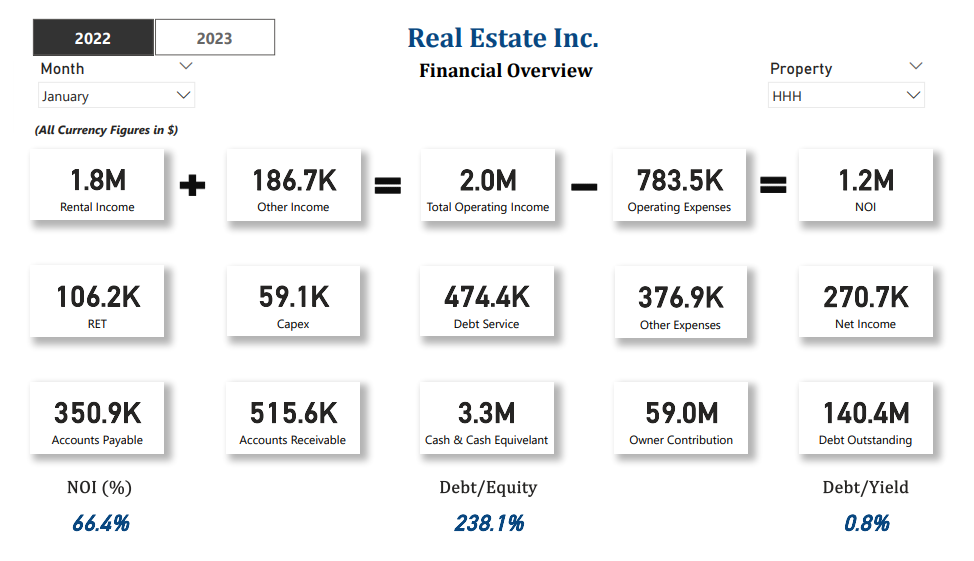
Captures Trends of Key Financial Parameters that you track.
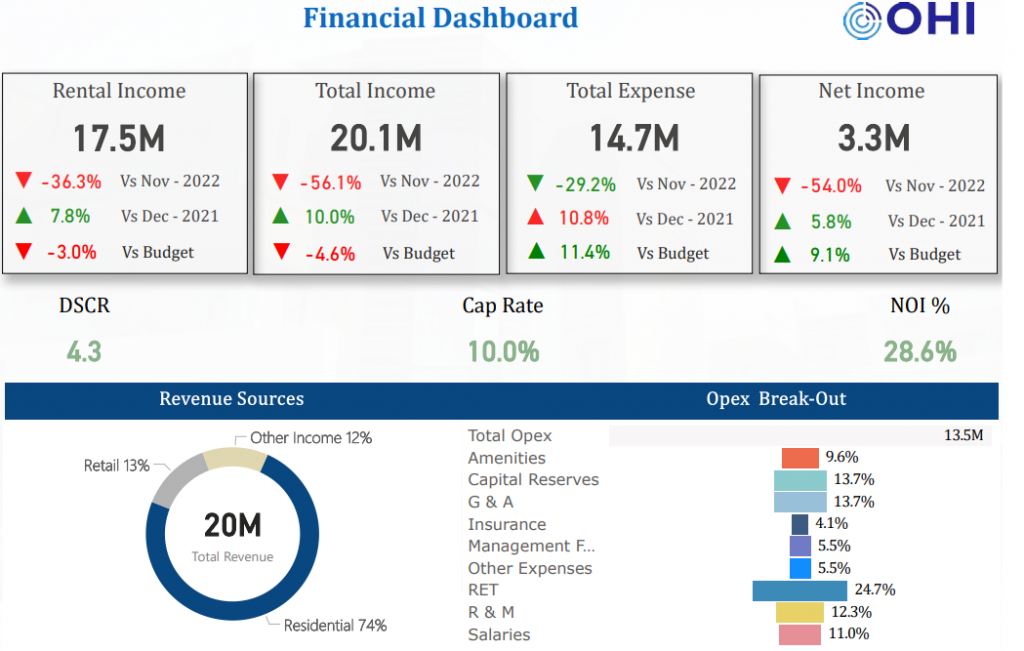
Get A Quick Financial Snapshot of the important financial metrics at one place.
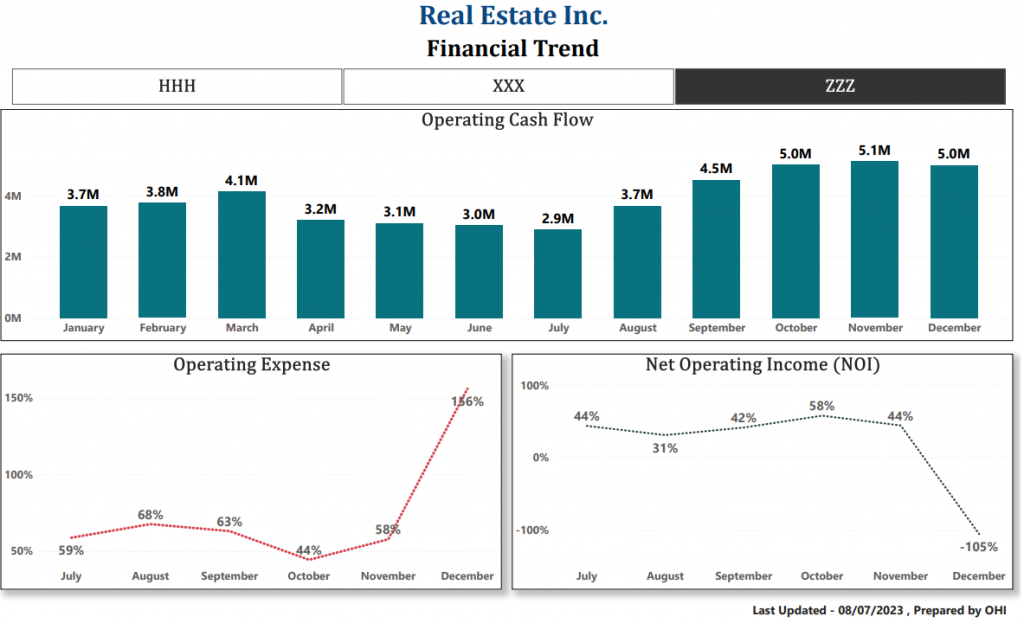
This dashboard offers a concise summary of various rental metrics such as Move-Ins/Outs, Vacant Units, Rent Billed, Physical Occupancy, Lease Renewals etc.
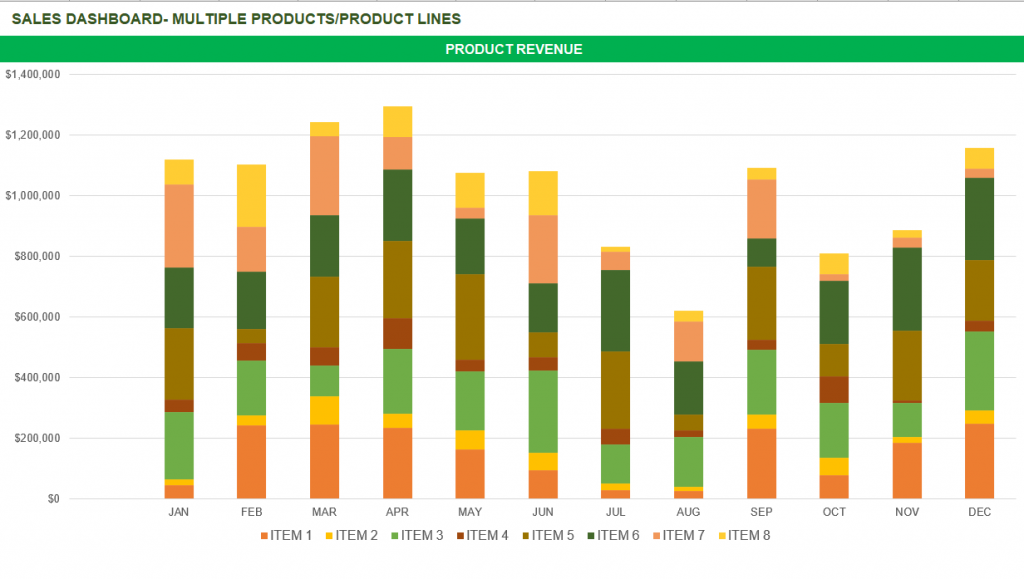
Set of retail dashboards to track sales and gross margin performance of various product lines/SKUs.
Power BI, because of its flexibility and extensive data visualization capabilities, has become a popular choice for the development of robust real estate dashboards. Here’s where hiring specialized BI expertise shines:
Empowered by relevant, real-time data gleaned from BI dashboards, real estate professionals can:
While robust, the value of your real estate BI dashboards hinges on how well they evolve along with shifting market conditions. Understanding the interplay between market dynamics and the information reflected in your data empowers you not only to react but proactively optimize your strategies for continued success. Investing in skilled BI analysts and developers can ensure this adaptability and the ongoing effectiveness of your dashboards.
Contact us for a customized NO OBLIGATION proposal for outsourcing your accounting activities.








